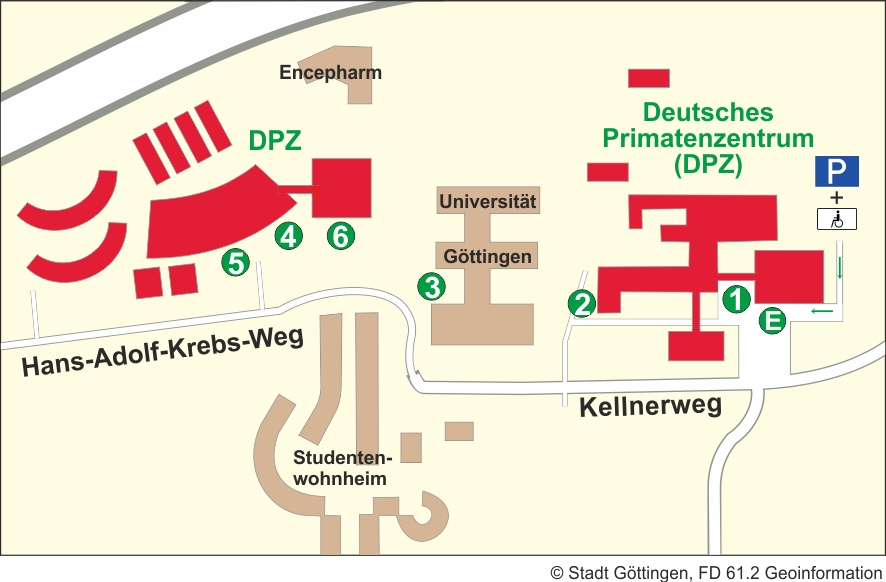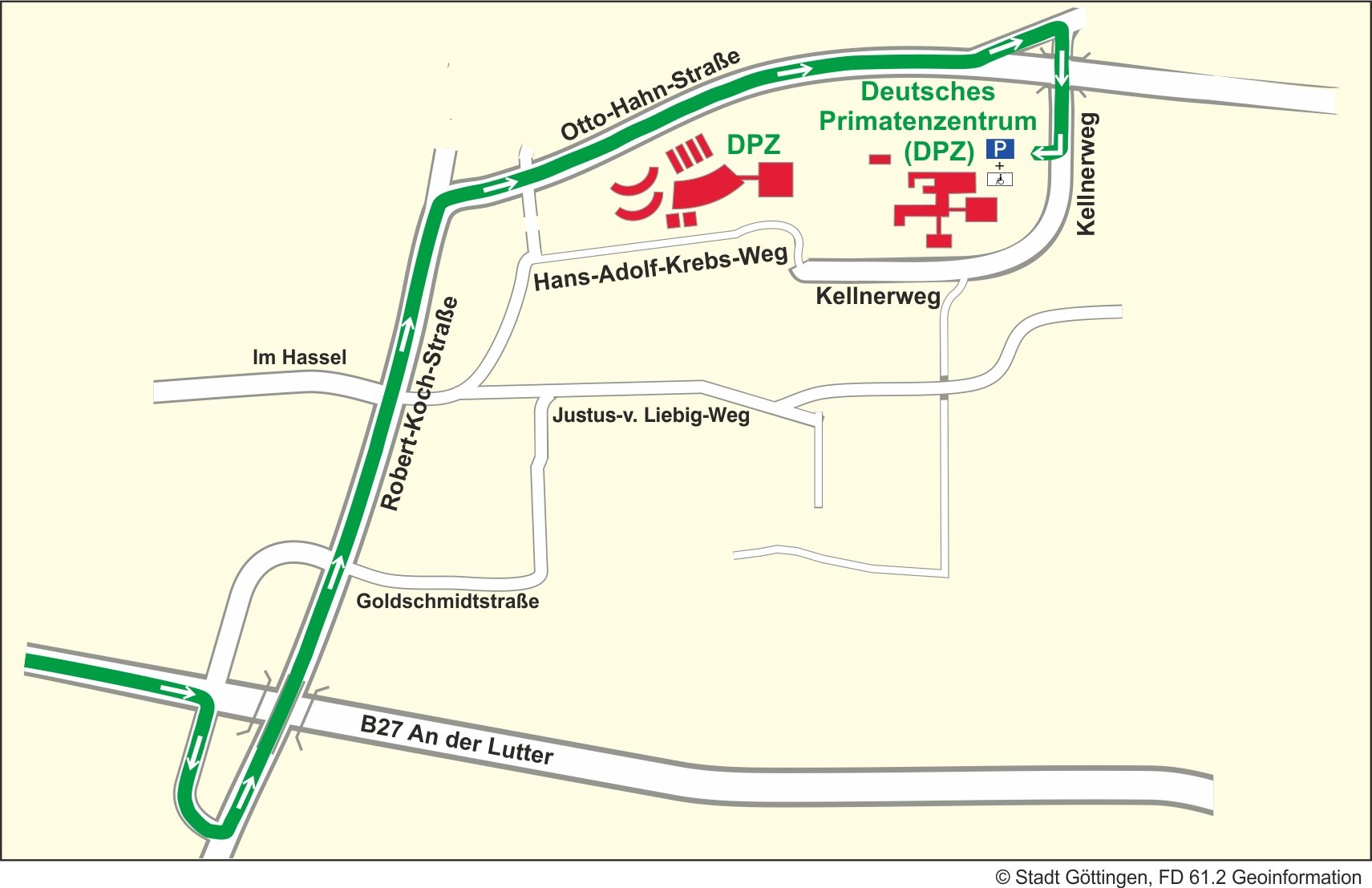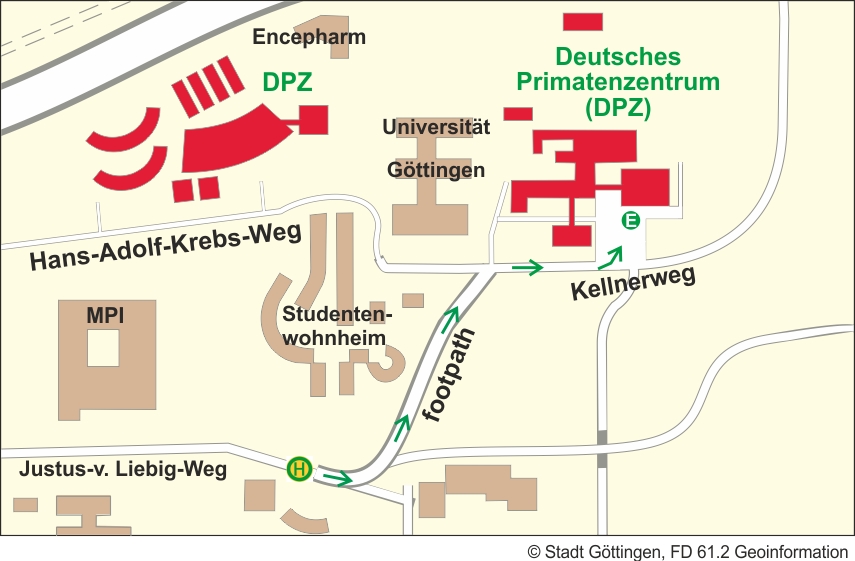Neural circuits for learning and predicting visual events
Save as calendar entryOur visual environment contains statistical structure at various scales. This offers rich opportunity for the brain to exploit this structure for efficient ways to code and process information, and ultimately to improve perception. Theories such as Predictive Coding suggest that previous experience enables us to make predictions about upcoming events and to test them against current sensory inputs. However, the neural mechanisms underlying perceptual inference remain poorly understood. I will present experiments investigating how cortical networks and single neurons implement perceptual inference, employing functional magnetic resonance imaging, electrocorticography, and single unit recordings in monkeys and humans. I will show that predictions are generated in hierarchical networks of brain areas, including prefrontal cortex, and that single neurons compute prediction errors that go beyond the stimulus features that these neurons encode. Importantly, the hierarchical structure of visual processing pathways that gives rise to invariant representations allows constructing internal models that can make abstract predictions not bound to the specific low-level features of the learned stimuli. This equips sensory areas with a machinery for generalization previously ascribed only to higher-order association cortices. Together, these studies provide a mechanistic understanding of perceptual inference and show how interactions between brain areas can give rise to stable percepts.
Referent
Caspar Schwiedrzik
European Neuroscience Institute (ENI) Göttingen
Journey Description
Map

E - Main Entrance/Reception
1 - Managing Board; sections: Infection Biology Unit, Unit of Infection Models, Laboratory Animal Science Unit, Primate Genetics Laboratory, Behavioral Ecology and Sociobiology Unit, Cognitive Ethology Laboratory, Neurobiology Laboratory, Research Coordination, Public Relations, Information Technology, Administration, Technical Support, Library.
2 - Material Delivery/Purchase
3 - Platform Degenerative Diseases
4 - Cognitive Neuroscience Laboratory
5 - Animal Husbandry
6 - Imaging Center, Functional Imaging Laboratory
Arrival by car

Leave the interstate A7 at exit "Göttingen Nord". Follow the B27 straight ahead in the direction of "Braunlage". After the third traffic light intersection turn right towards "Kliniken". Afterwards turn left onto "Robert-Koch-Straße" direction "Universität Nordbereich/Polizei". At the end of "Robert-Koch-Straße" turn right onto "Otto-Hahn-Straße", direction "Nikolausberg". The first street on the left turn onto "Kellnerweg", follow the signs "Deutsches Primatenzentrum".
Arrival by bus

The footpath from the bus stop "Kellnerweg" to the Main Entrance/Reception:
From Bus stop "Kellnerweg" (line 21/22 and 23) Cross the road, go in the direction of the bus. At the mailbox, turn left into the footpath and proceed to the end. Turn right into the Kellnerweg. The main entrance of the DPZ is on the left side.
Date and Time 30.11.17 - 16:15 - 17:15 Signup is not required
Location
Deutsches Primatenzentrum GmbH
Old Lecture Hall
Kellnerweg 4
37077 Göttingen
<p style="margin:0cm; margin-bottom:.0001pt"><span lang="EN-US">Tel.: +49 (551) 3851-344</span></p>
<p style="margin:0cm; margin-bottom:.0001pt"><span lang="EN-US">E-Mail: </span><link cquigley@dpz.eu><span lang="EN-US">bwild@dpz.eu</span></link></p>
Deutsches Primatenzentrum GmbH Kellnerweg 4 37077 Göttingen
